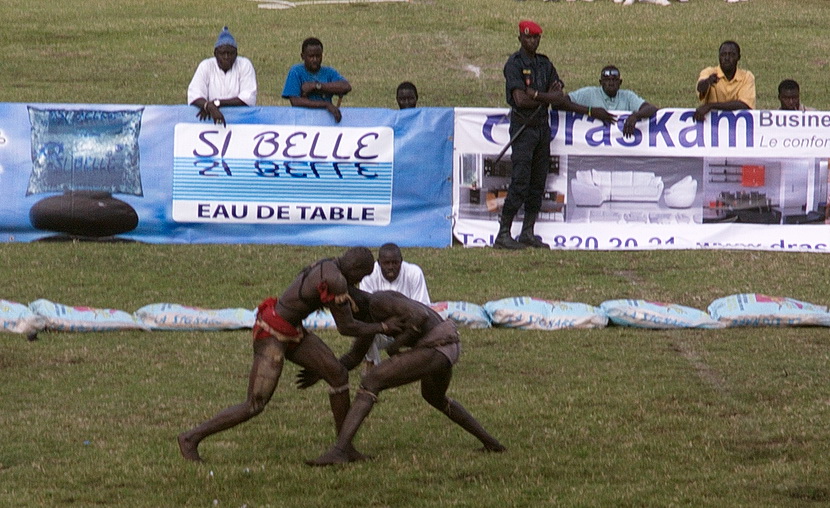Senegalese Wrestling Explained In-Depth
Guide To Senegalese Wrestling
There are few countries where the national sport is so deeply connected to tradition and so popular at the same time as Senegal. Known in Wolof as Laamb, Senegalese wrestling is an offshoot of the larger West African form of traditional wrestling. But while football has surpassed wrestling in popularity in most West African nations, in Senegal it is wrestling that sells out stations, wrestlers whose faces emblazon billboards, and wrestling that inflames the hearts of Senegalese people.
Origins
Senegalese wrestling was originated by the Serer people, who are found in western-central Senegal as well as parts of Gambia and Mauritania. In the past, it was performed as part of harvest festival celebrations, and determined the champion and strongman of the village. The winner received cattle, lots of grain, and other prizes.
Today, wrestling is the national sport, complete with its own federation. When an important game occurs, daily life can grind to a halt, with people across the country glued to TV screens. Seats in the stadium to watch a wrestling match sell out quickly – so make sure to buy yours ahead of time if you want to see this fascinating sport. The biggest stadiums are in Dakar, so it shouldn’t be difficult to catch a match if you are traveling there.
The Basics Of Senegalese Wrestling
Senegalese wrestling is performed in a sandy arena, within a circle of sandbags. A fight typically lasts only 2-3 minutes because it does not take much to lose a game. The fight is over when one wrestler falls. More specifically, it is over when the wrestler’s head, back, or buttocks touches the floor, when they are on hands and knees, or when they fall out of the circle. Winning an important game can propel a wrestler to national stardom, including high payouts and endorsements from sponsors.
One element that sets this form of wrestling apart from most other styles is that punches to the face and body are allowed. For that reason, wrestlers often train with boxing gloves. However, in the actual matches the wrestlers fight with bare hands.
Ritual Dimensions
Despite the sport’s modern popularity, Senegalese wrestling still incorporates many ancient cultural and ritual dimensions. Before a game, there are typically a number of rituals performed to ward off bad spells. The wrestlers coat their bodies in a liquid believed to be imbued with magical properties. Heading to the ring, each wrestler is accompanied by a procession of marabouts who sing his praises and provide gris-gris for them to wear.
Gris-gris are magical charms worn around the waist, wrist, or biceps and they can even work for the tragamonedas Peru offers. These are usually in the form of small cloth bags inscribed with verses from the Qur’an and containing ritual objects. Before the wrestling begins, fighters usually perform bakks to the dancing and beating of drums by marabouts. Bakk is an oral art performance designed to boast about the wrestler’s prowess and intimidate his opponent.
The combination of showmanship, tradition, stardom and human strength makes Senegalese wrestling one of the most exciting sports for spectators to behold. It is unlikely that this centuries old game will wane in popularity anytime soon.

